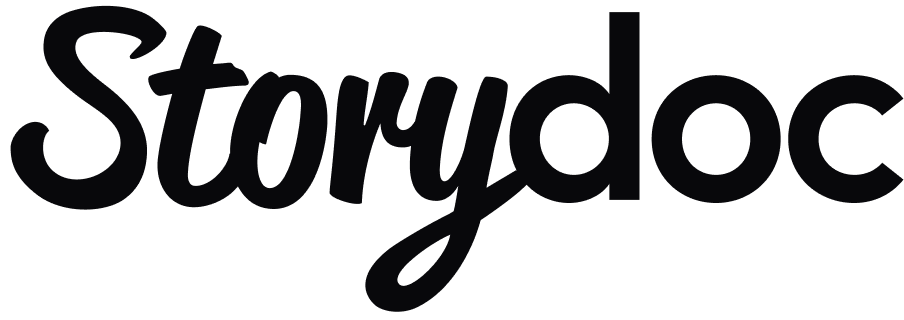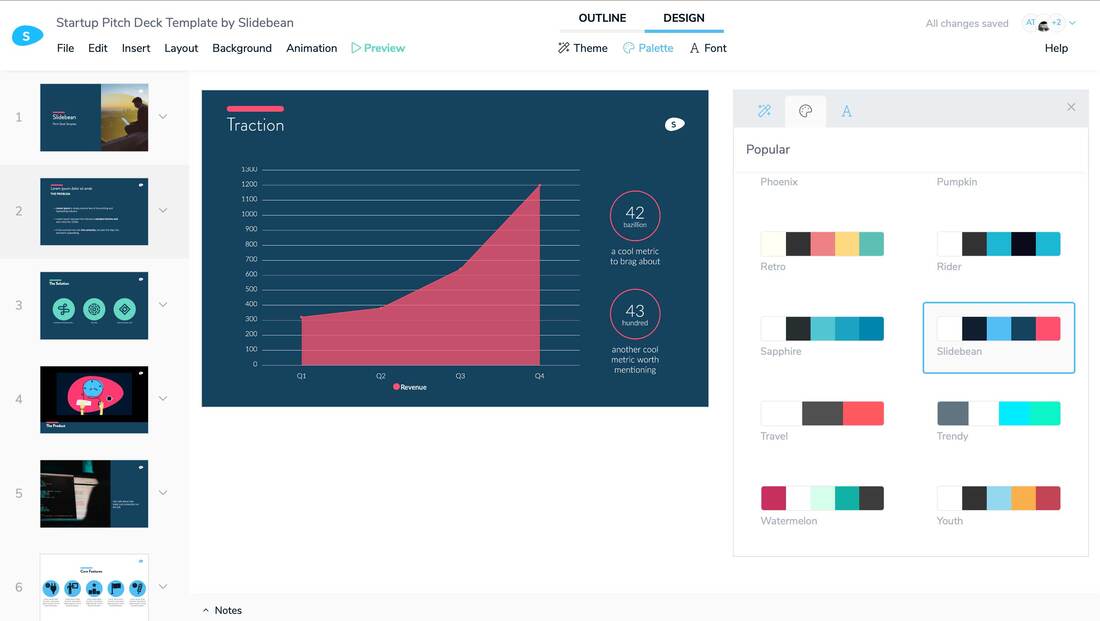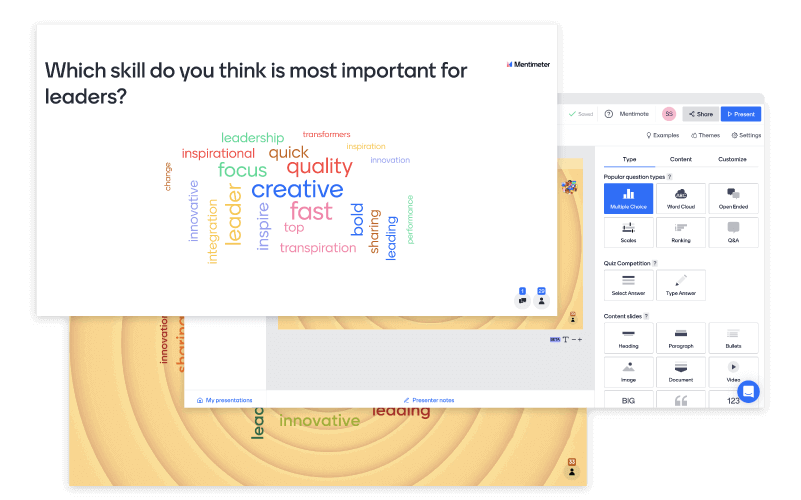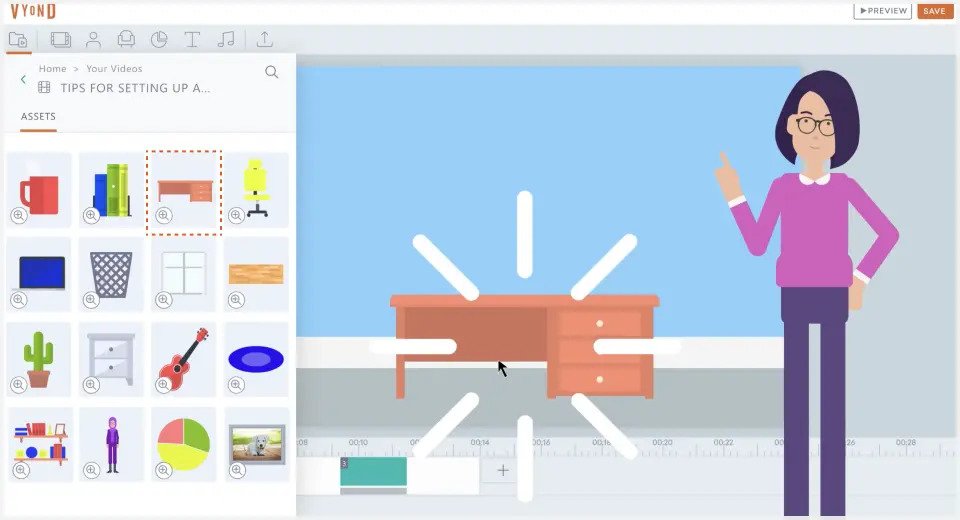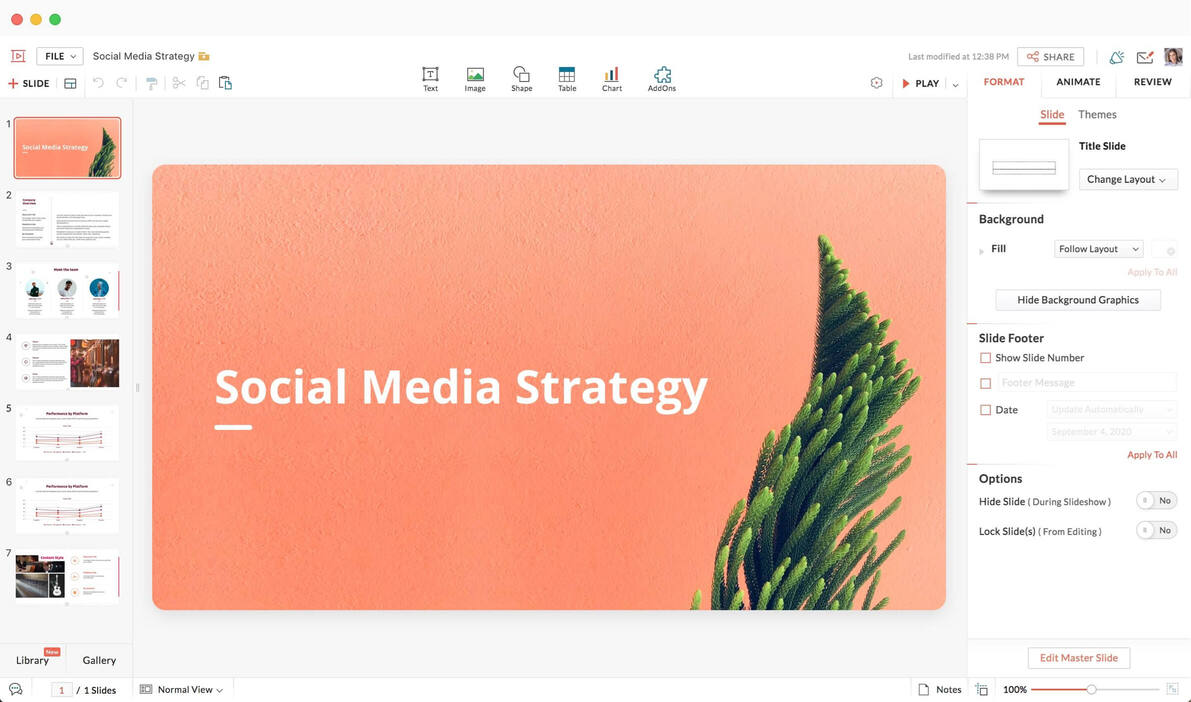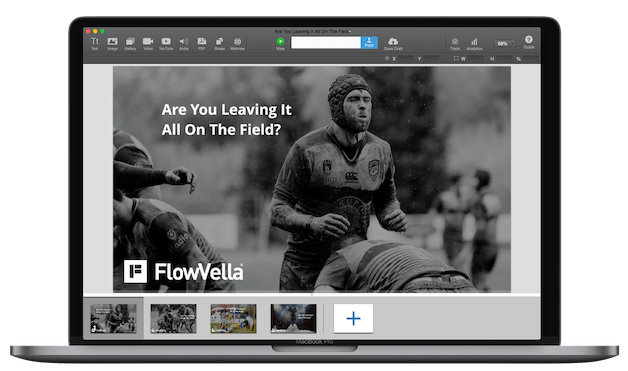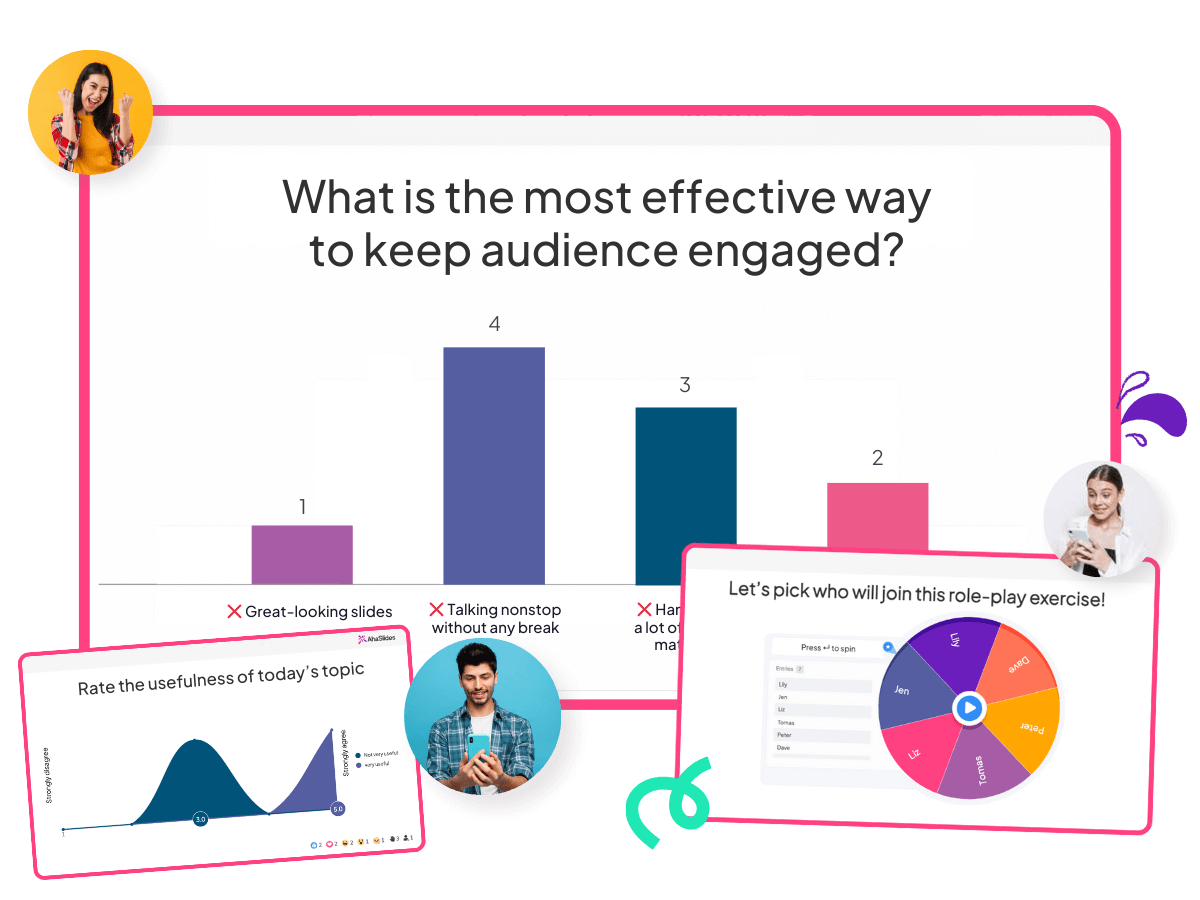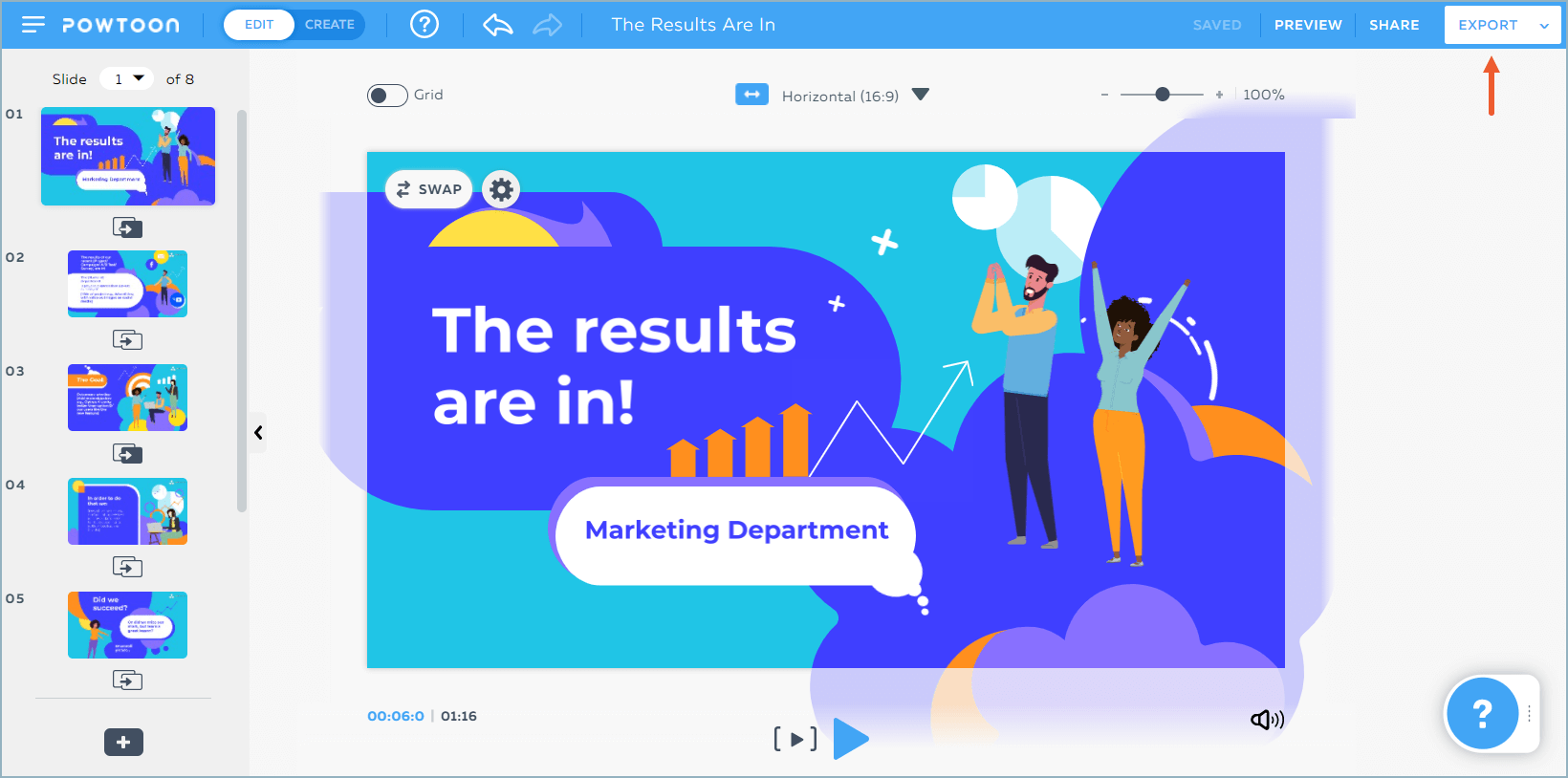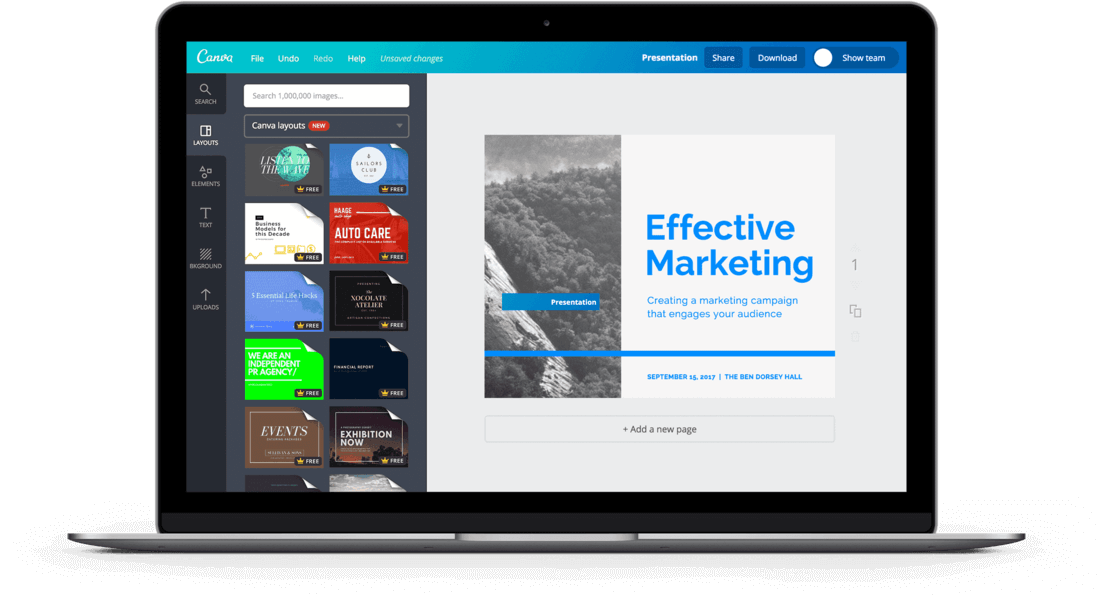How to choose the best interactive presentation creator?
Choosing the right interactive presentation tool can feel a bit like finding a needle in a haystack. With so many options out there, how do you pick the one that's just right for you? Let's break it down based on your specific needs:
If you’re a solopreneur
As a one-person army, you need efficiency. Look for tools that are user-friendly and don't come with a steep learning curve. You'd want a platform that offers a variety of templates, so you don't have to start from scratch every time.
Canva is a fantastic choice, offering a wide range of design templates tailored for presentations. It's user-friendly, and even if you're not design-savvy, you can create professional-looking slides in no time.
If you’re in sales and marketing
Your presentations are often the first impression you make, so they need to be top-notch. You'd benefit from tools that are optimized for engagement, integrate seamlessly with CRMs, offer detailed analytics, and allow for real-time edits.
This is where Storydoc truly shines. Unlike traditional slide decks, Storydoc focuses on crafting a narrative that resonates with your audience. It has intuitive design capabilities and emphasis on storytelling, ensuring that your pitches aren't just informative but memorable.
If you’re in education
The classroom, whether physical or virtual, thrives on engagement. You'd want a tool that allows you to embed videos, create interactive quizzes, and maybe even throw in some animations to keep things lively.
Genially fits the bill perfectly. It blends creativity with technology, letting educators design interactive educational materials that keep students motivated and make learning genuinely enjoyable.
